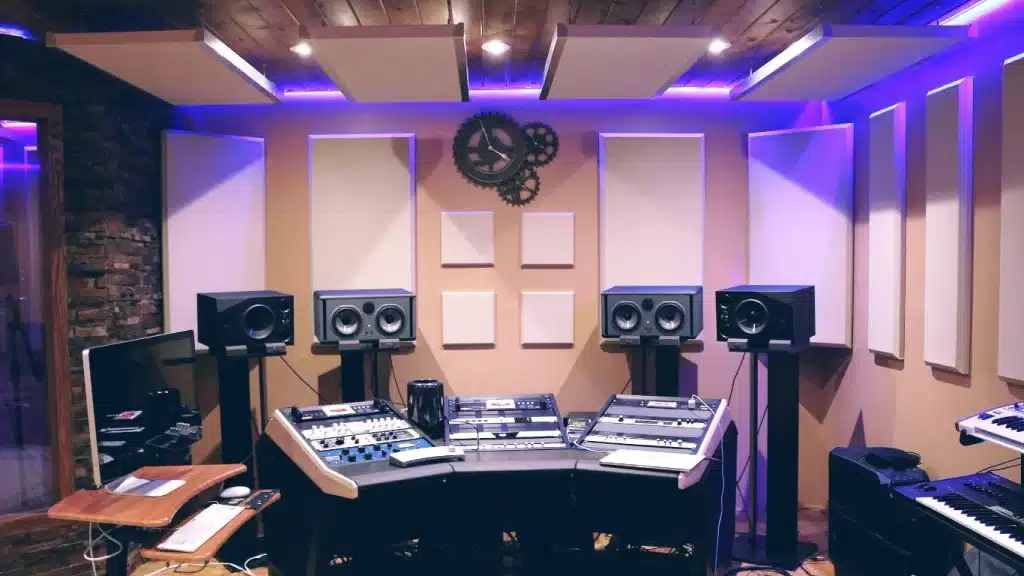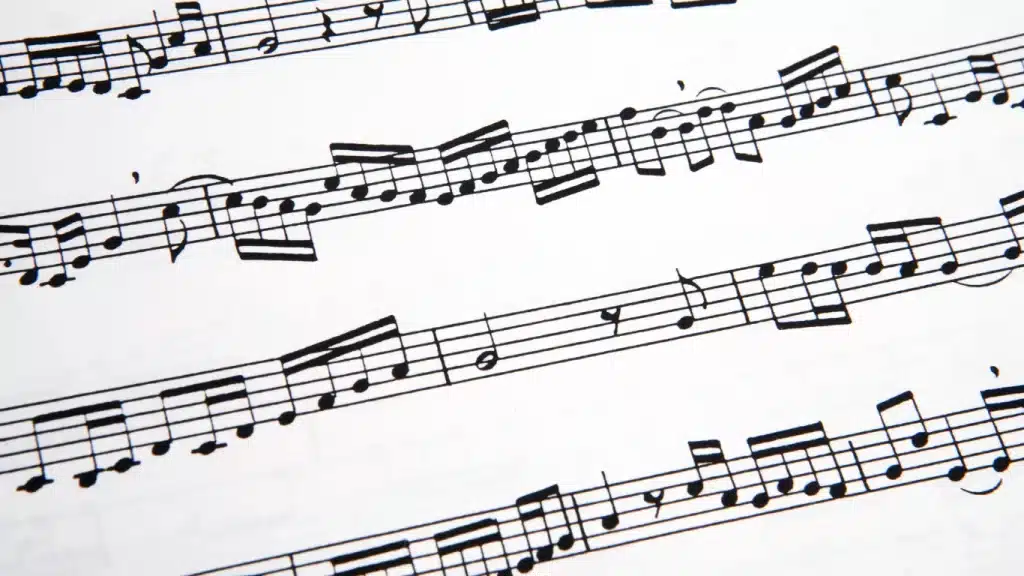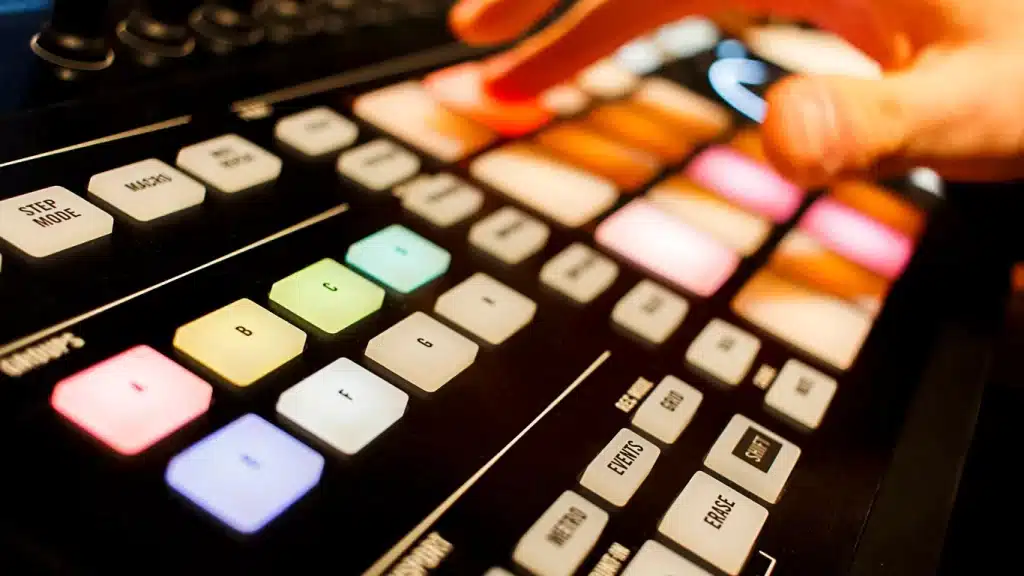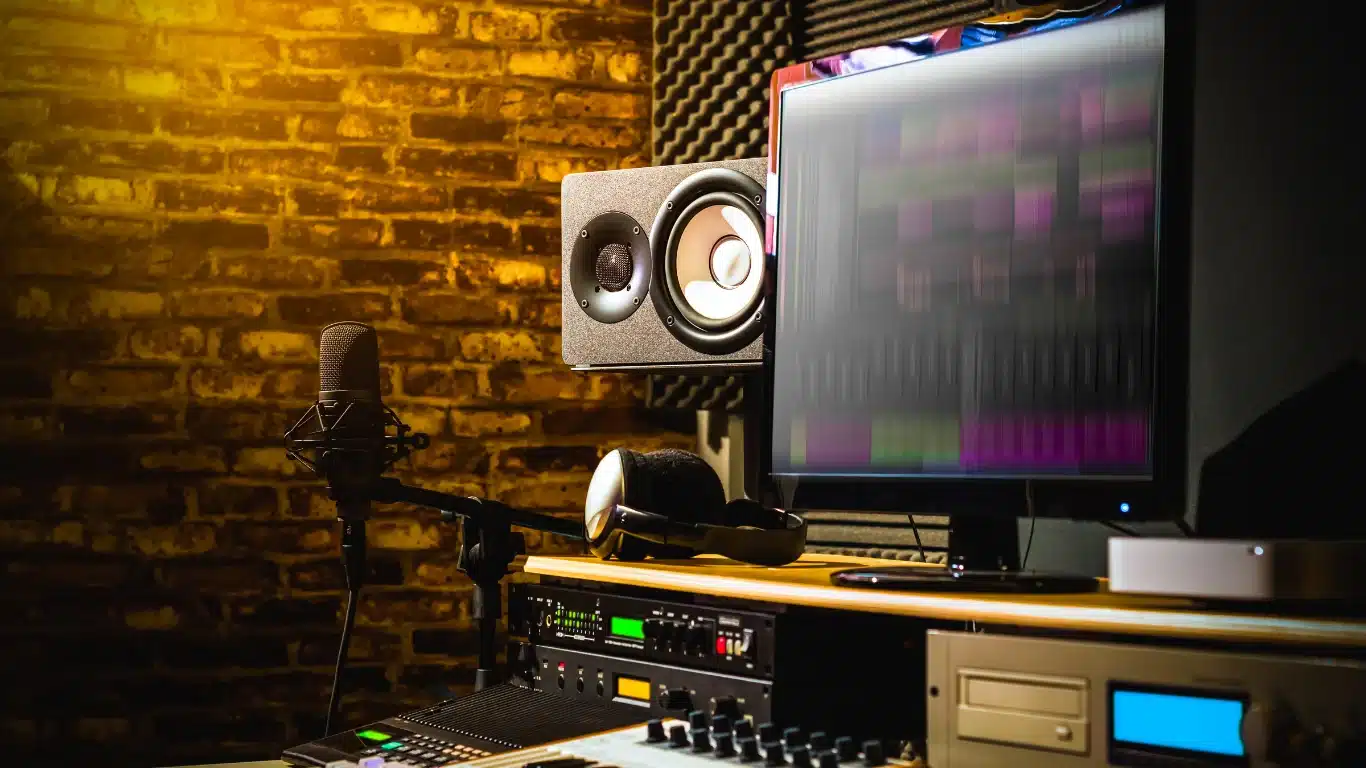In the realm of music production and composition, few technologies have been as influential and transformative as the MIDI Musical Instrument Digital Interface, better known as MIDI. What is MIDI, it’s a technology that has revolutionized the way music is made, granting musicians and composers the ability to create, manipulate, and control music in ways that were previously unimaginable. But what is MIDI exactly? And how has it changed music composition?
MIDI is a standardised protocol that enables computers, musical instruments, and other hardware devices to communicate with each other. What is MIDI? the world of music production, MIDI is the language that allows these devices to ‘speak’ to each other. It’s a powerful tool that’s become a cornerstone of modern music composition, used by everyone from bedroom producers to top-charting artists.
In this comprehensive guide, we’ll delve into the role of Musical Instrument Digital Interface in music composition, exploring its history, functionality and the many advantages it offers. We’ll also provide a practical guide on how to use MIDI in your compositions and consider the future of MIDI in the ever-evolving world of music technology.
What is MIDI?
To fully appreciate the role of MIDI in music composition, we first need to understand what is MIDI. At its most basic, MIDI is a language. It’s a set of instructions that allows musical devices to communicate with each other. But rather than transmitting actual audio signals, Musical Intstrument Digital Interface sends and receives messages about musical performance. These can include details such as pitch, velocity (how hard a note is played), and control changes (like volume or modulation).
Created in the early 1980s, MIDI was designed to standardise the way electronic musical instruments and computers interact. Before MIDI, each manufacturer had their own proprietary method of communication, which made it difficult for devices from different brands to work together. However, with the introduction to MIDI, a universal language was created, allowing for seamless interaction between a vast array of devices.
MIDI has been a game-changer in the world of music production and composition. It enabled musicians to control and manipulate multiple instruments from a single device, opened up new avenues for creativity and made music production more accessible to the masses.
How MIDI revolutionised Music Composition?

The advent of MIDI brought about a revolution in music composition, opening up new possibilities and breaking down barriers. Before MIDI in music composition, if a composer wanted to create a piece of music with multiple instruments, they would need an ensemble of musicians to perform it. But with MIDI, a single composer could now create an entire orchestral piece single-handedly.
MIDI also allowed for a level of precision and control that was simply not possible with traditional instruments. With MIDI, a composer can manipulate every aspect of a note – its pitch, duration, volume, timbre, and more. This level of control allows for a degree of perfection and intricacy that can be difficult to achieve with live instruments.
Moreover, MIDI brought about a democratisation of music production. Prior to Musical Instrument Digital Interface, creating professional-sounding music required access to expensive recording studios and high-end equipment. But with MIDI, anyone with a computer and a MIDI controller can produce music, making the process more accessible and affordable than ever before.
The Role of MIDI in Modern Music Composition
Today, MIDI is a fundamental part of modern music composition. It’s used in a variety of ways, from controlling virtual instruments and synthesisers to sequencing beats and melodies to automating effects and parameters. MIDI has transformed the way music is created, making the process more flexible, efficient and creative.

MIDI allows for intricate compositions that would be difficult, if not impossible, to perform live. With MIDI, a composer can layer multiple tracks, create complex harmonies, and manipulate sounds in ways that traditional instruments can’t. It’s a tool that’s not only made music production more accessible but also expanded the boundaries of what’s musically possible.
Furthermore, MIDI is a vital tool for live performances. With MIDI, musicians can control multiple instruments from a single device, change sounds on the fly, and even sync visuals and lighting to their performance. It’s a technology that’s not only changed the way music is composed but also the way it’s performed.
Advantages of Using MIDI in Music Composition
There are numerous advantages to using MIDI in music composition. One of the most significant is the level of control it offers. With MIDI, every aspect of a note can be manipulated, allowing for a level of precision and flexibility that’s simply not possible with traditional instruments.
Another important advantage is the ability to edit and rearrange compositions easily. With MIDI, if you’re not happy with a certain part of your composition, you can simply change it. You can move notes around, change their pitch or duration, or even replace them with different sounds. This makes the composition process more experimental and iterative, allowing you to fine-tune your music until it’s exactly how you want it.
MIDI also makes it possible to compose music without needing to play an instrument physically. This is particularly useful for those who may not have the skills to play a certain instrument but still have a clear idea of how they want their music to sound. With MIDI, you can compose music for any instrument, regardless of your ability to play it.
How to Use MIDI in Your Music Compositions?
Using MIDI in your music compositions may seem daunting at first, but with a basic understanding of how it works, you can start creating music in no time. The first step is to get a MIDI controller. This can be a keyboard, drum pad, or any other device that sends MIDI messages.
Once you have a controller, you’ll need a software or hardware device that can receive and interpret these messages. This could be a digital audio workstation, a virtual instrument, or a hardware synthesiser. When you play a note on your MIDI controller, it sends a MIDI message to your device, which then generates the corresponding sound.
From here, you can start composing music. You can play notes in real-time, or you can use your DAW’s piano roll editor to input notes manually. You can layer multiple tracks, create complex harmonies, and experiment with different sounds and effects. The possibilities are virtually endless.
Understanding the MIDI Language
MIDI is a language, and like any language, it can be complex. But once you understand the basics, it becomes much easier to use. The most important thing to understand is that MIDI data is made up of messages. These messages tell your devices what to do, whether it’s playing a note, changing a sound, or adjusting a parameter.
There are several types of MIDI messages, but the most common are note-on and note-off messages. A note-on message is sent when you press a key on your MIDI controller and includes information about the note’s pitch and velocity. A note-off message is sent when you release the key, telling your device to stop playing the note.
Other important types of MIDI messages include control change messages and program change messages. Control change messages are used to adjust parameters like volume, pan, and modulation, while program change messages are used to change sounds or presets.
MIDI vs Traditional Music Composition:
When comparing MIDI to traditional music composition, it’s important to note that they are simply different tools for creating music. Neither is inherently better than the other; they each have their own strengths and weaknesses.
Traditional music composition involves writing music for live instruments. It necessitates a thorough understanding of music theory as well as the ability to perform or direct music. This can be a satisfying process, but it can also take time and be challenging to obtain the appropriate level of precision.
On the other hand, MIDI allows for a level of control and precision that’s simply not possible with traditional instruments. It also makes it possible to create complex compositions single-handedly without needing to play every part physically. However, MIDI can sometimes lack the human touch and nuance of live instruments. In the end, the best approach often involves combining the strengths of both methods. Many composers use MIDI to create the bulk of their compositions, then add live instruments for added warmth and depth.
The Future of MIDI in Music Composition

The role of MIDI in music creation is shifting as a result of technological improvements and changing musical trends. The recent introduction of MIDI 2.0, the first significant update to the MIDI protocol in over 30 years, promises to expand the capabilities of MIDI further, offering increased precision, more expressive control and improved compatibility.
In the future, we can expect to see MIDI become even more integrated into the music production process. With the rise of artificial intelligence, there’s potential for AI-driven MIDI tools that can assist with composition, arrangement and sound design.
At the same time, as music production becomes increasingly democratised, MIDI will continue to play a crucial role in making music creation accessible to everyone. No matter your musical background or level of expertise, MIDI offers a gateway into the world of music composition.
Conclusion – What is MIDI?
In conclusion, MIDI has played a transformative role in music composition. It’s a technology that has not only revolutionised the way music is created but also made it accessible to people from all walks of life. Whether you’re a seasoned professional or a novice just starting out, understanding MIDI can open up a world of creative possibilities.
As we look to the future, it’s clear that MIDI will continue to play a central role in music composition. With the advent of MIDI 2.0 and the rise of artificial intelligence, the potential of MIDI is more significant than ever. As musicians and composers, it’s an exciting time to be involved in music production.
From its humble beginnings in the 1980s, MIDI has come a long way. But its journey is far from over. As technology continues to grow in all areas, who knows what the future holds for MIDI? One thing’s for sure: MIDI will continue to shape the music of tomorrow, just as it has shaped the music of today.





